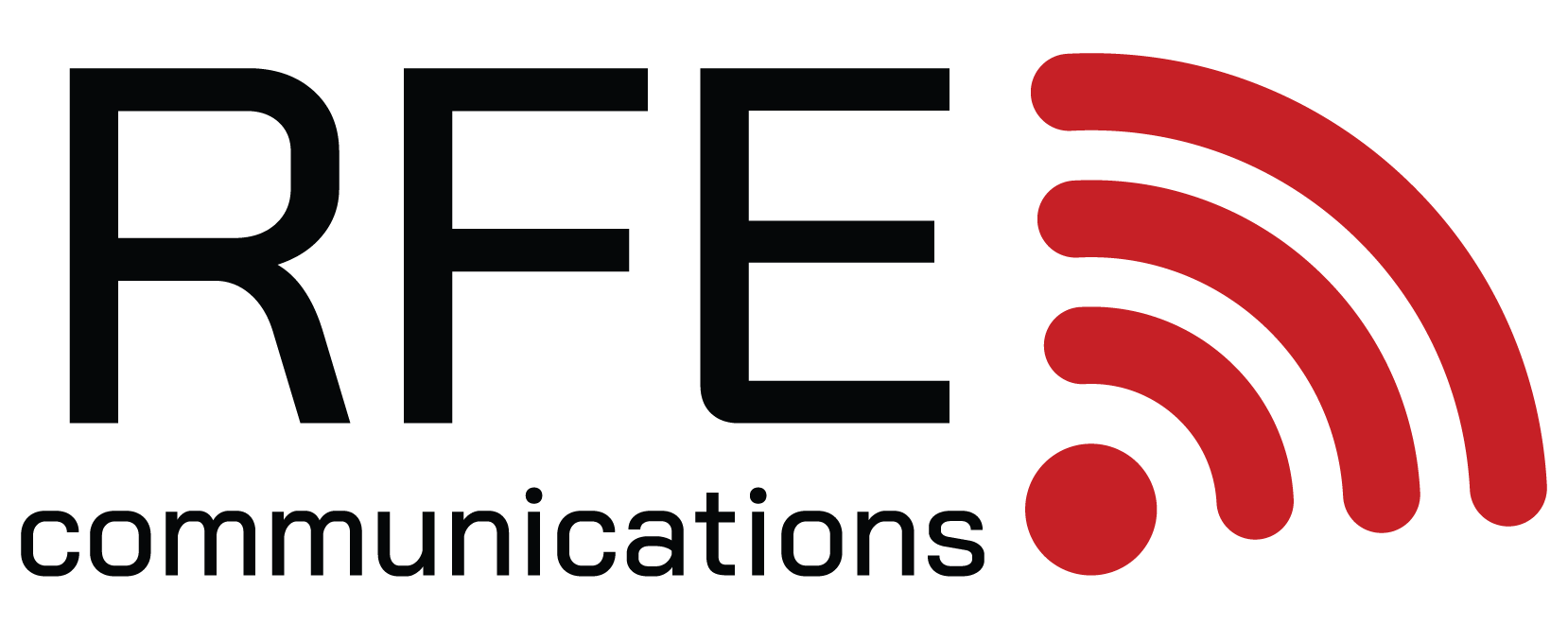This One Thing Could Make or Break Emergency Response
On September 11, 2001, after the World Trade Center’s south tower collapsed, helicopters circled the remaining tower and evaluated the extensive damage. “I don’t think this has too much longer to go,” a pilot radioed. “I would evacuate all people within the area of the second building.”
The firefighters already inside would have had time to evacuate, but they never heard the warning. Their radios did not receive the signal. At least 121 of them perished, along with the people they might have been able to get to safety as they left.
In the aftermath, policymakers set out to prevent that type of tragedy from ever happening again. The International Fire Code (IFC) began mandating coverage types for newly constructed public buildings, then began addressing requirements for existing buildings. Now many are required to have an emergency responder radio coverage (ERCC) system. Sometimes these life-saving systems are referred to as Public Safety Distributed Antenna Systems (DAS). This type of upgrade saves lives.
Emergency Responder Radio Coverage – What is It?
Building size and construction materials can all interfere with handheld radio communication. Brick, steel, and concrete structures can impede signal strength, as can large amounts of space and multiple floor levels. Modern building materials are extremely energy efficient, but the same technologies that obstruct heat transfer also interfere with radio communication. Even glass windows get in the way since they’re now designed to deflect energy.
An emergency responder radio coverage system is a tool that allows first responders to stay in contact with each other, with their dispatcher, and with other response teams during an emergency, even in the most challenging situations.
Systems generally use powered antennas and amplifiers to allow radio signals into the building, then redistribute them throughout. Installing ERCC inside public buildings allows emergency personnel to use their existing handheld radios in stressful emergencies.
ERCC Requirements
Regulations don’t specify what type of equipment buildings need or how it has to be installed, instead, they detail how systems must perform. The latest requirements are covered in International Fire Code section 510, Emergency Responder Radio Coverage, or NFPA 1221. Here are some of the basic requirements:
- The system must operate continuously or automatically
- Signal strength into and out of the structure must have a Delivered Audio Quality of 3.0 in 95 percent of spaces. NFPA1 and 1221 require 90 percent coverage in most public spaces, with 99 percent in fire command centers, exits, lobbies, and fire equipment rooms.
- Equipment must have redundant primary power sources, plus enough of a backup power supply to run for at least 12 hours.
- Systems must be regularly tested, with annual inspections.
ERCC Benefits
A properly installed and maintained emergency responder radio coverage system is a lifeline for first responders during a crisis. Reliable Public Safety Distributed Antenna Systems allow them to provide critical assistance during natural disasters, fires, terrorist acts, and other emergencies.
If first responders approach a building and realize they need more manpower, they can radio for help and receive it as quickly as possible. When they don’t have the right equipment, they can request it without the signal being lost.
If teams get lost, disoriented, or their escape path becomes unavailable, they can call for help. When critical seconds count, they don’t waste any of them having to repeat a garbled message or trying to find a part of the building where the signal goes through. Their existing equipment simply works as intended.
Who Needs Boosted Communication Capabilities
Buildings that achieve radio coverage without amplification are exempt, but for many, that’s not the case. If you own or manage a commercial building, especially if it’s a large warehouse or multi-story facility, you probably need enhanced communication abilities. Radio waves travel in straight lines, so they’re obstructed by construction features like these:
- Underground levels like parking garages or basement floors
- Light and heavy concrete
- Metal roofing or other reflective surfaces
- Low E glass
- Other tall structures around the building
- Distance from the signal
If you’re not sure whether or not your building equipped with this type of life-saving technology, we can help. Contact us to find out more about our solutions for public safety.
